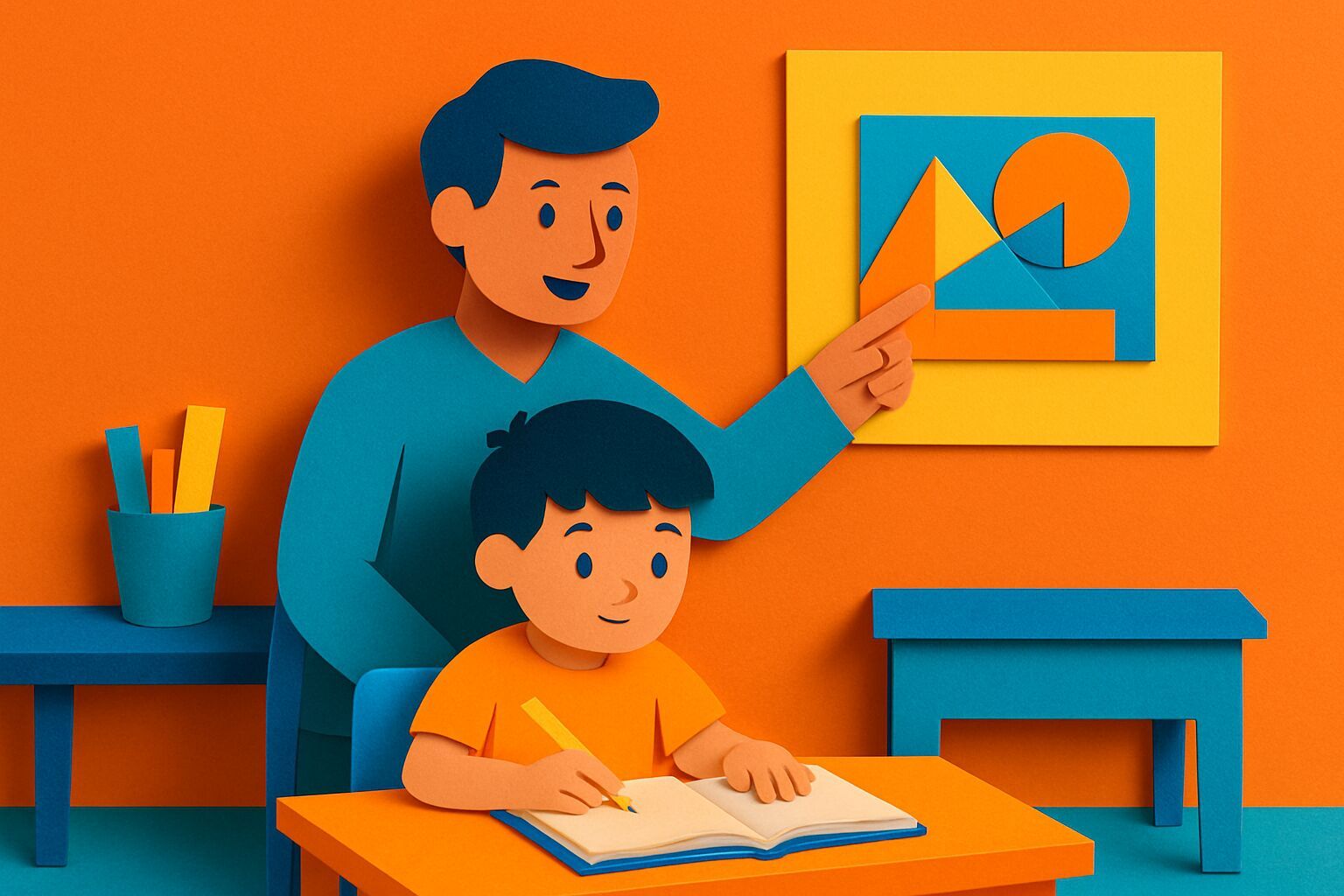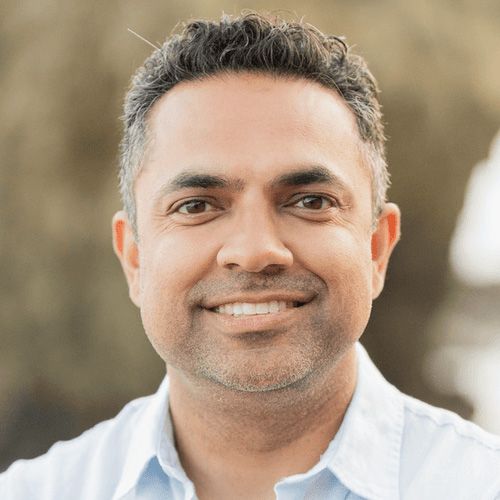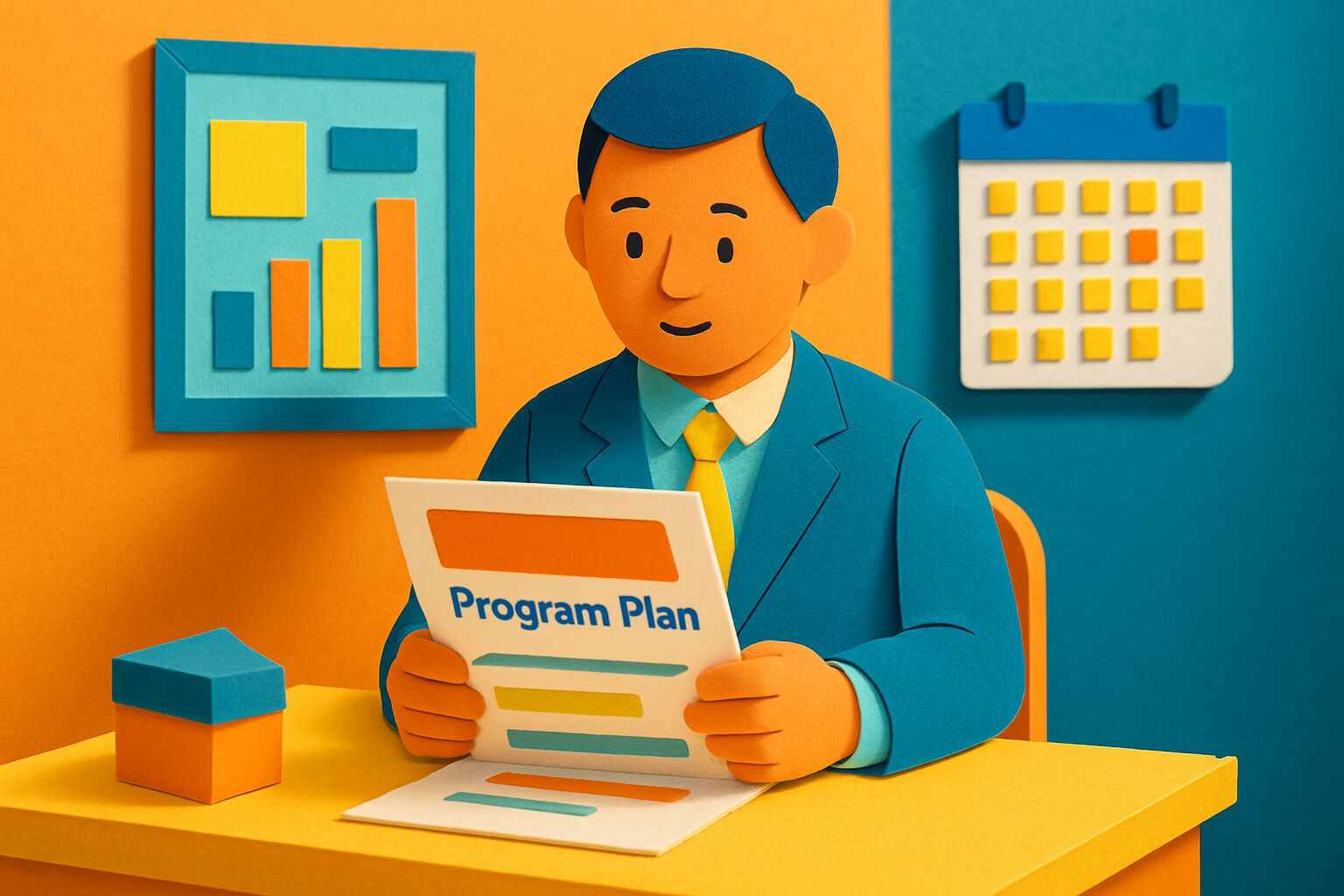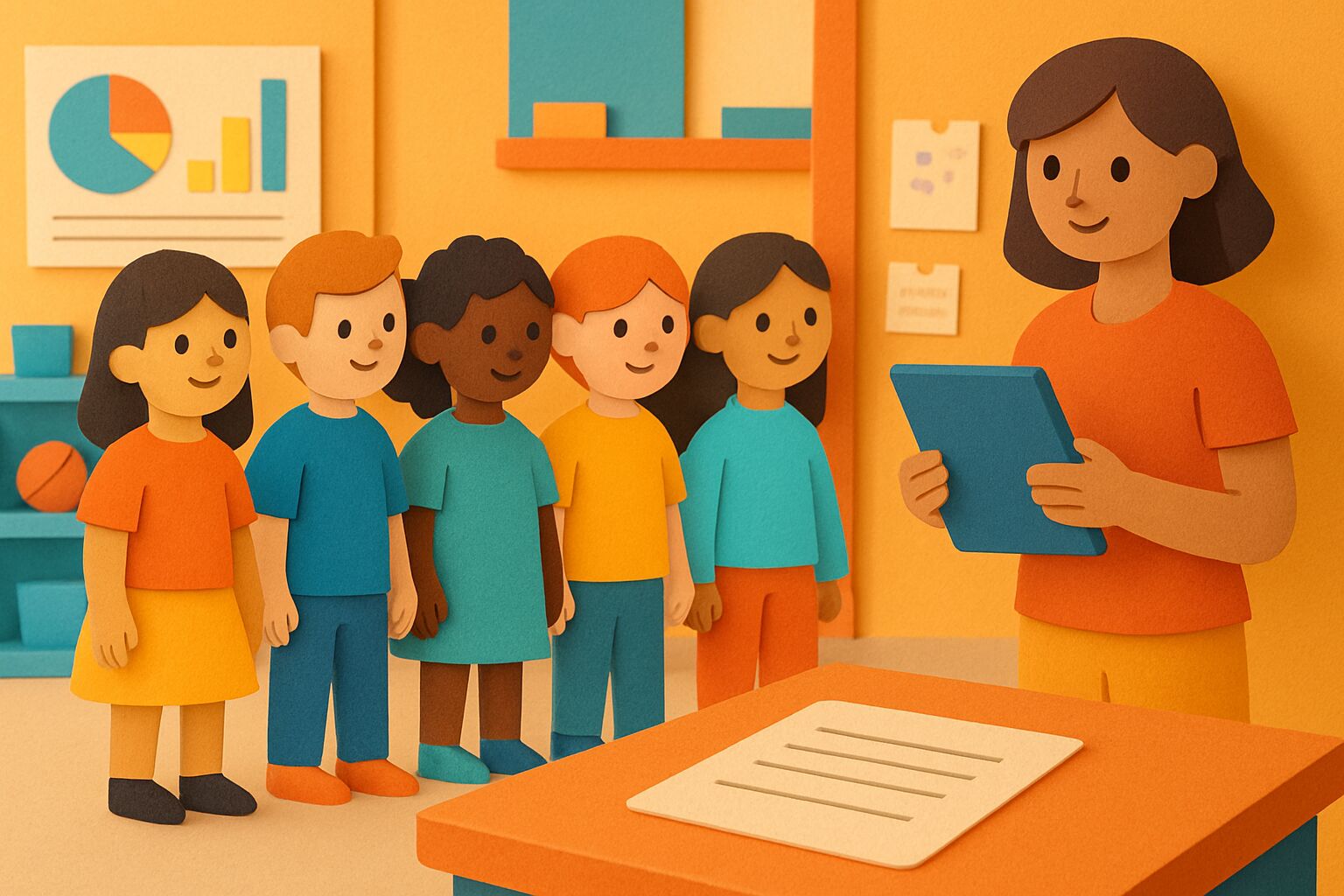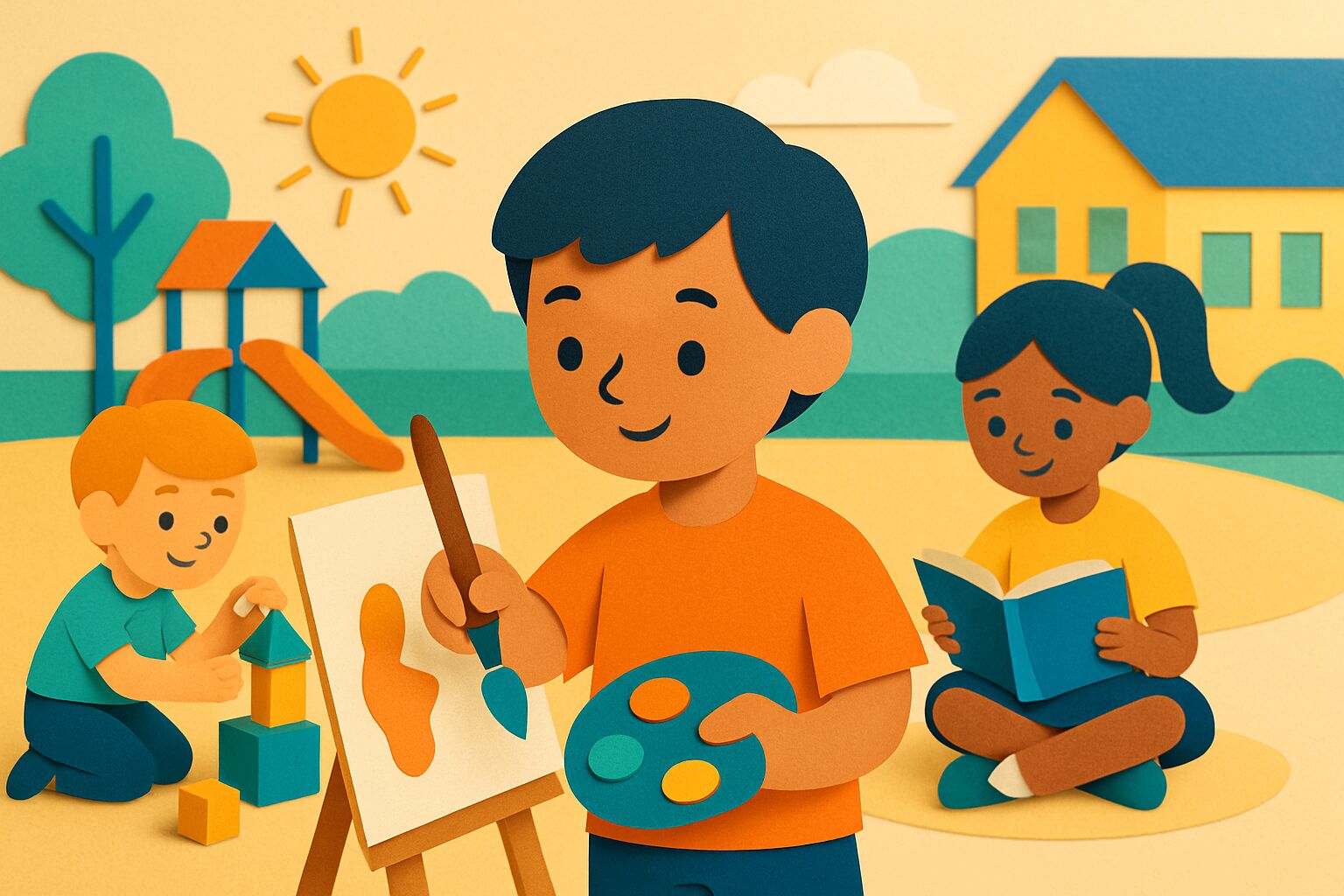What is an ELOP Program?
An ELOP program is a school-run before-school, after-school, intersession, or summer program created using Expanded Learning Opportunity Program (ELO-P) funds. These programs provide at least nine hours of combined learning and care each day and 30 additional days per year, blending academics, enrichment, and social-emotional support to serve TK–6 students.
Table of Contents
What does an ELOP program include?
ELOP programs are designed to support the whole child. They typically feature:
-
Academic support such as homework help, tutoring, and enrichment clubs.
-
Arts and creativity through music, drama, and visual arts.
-
Physical activity with organized sports, free play, and movement-based classes.
-
Social-emotional learning like leadership, teamwork, and mindfulness practices.
-
Meals and snacks that meet state and federal nutrition standards.
What makes these activities distinct is that they do not simply replicate classroom learning. Instead, they create engaging, hands-on experiences that allow students to explore interests and develop skills in a more flexible, supportive environment.
How are ELOP programs scheduled?
ELOP programs are carefully structured to extend the traditional school calendar. On regular school days, students can expect at least three hours of programming, usually after school until around 5:00 or 6:00 PM. For non-school days such as summer or intersession breaks, the requirement is a full nine hours of programming, operating much like a day camp. When added together with the 180-day school year, this creates about 210 days of structured learning and support each year.
This scheduling model ensures that children have consistent care and enrichment, while families benefit from reliable coverage that aligns with typical working hours. Younger students, such as those in transitional kindergarten, may spend more time in the program each day to reach the nine-hour requirement, while older students may need fewer additional hours after a longer school day.
See our detailed coverage about the scheduling and other program requirements.
Who runs ELOP programs at schools?
An ELOP program is typically managed by a site coordinator who oversees daily operations, communicates with principals and families, and ensures that the program aligns with school goals. The coordinator works with a team of group leaders and instructors who lead tutoring sessions, enrichment activities, and recreation.
Schools also often collaborate with community-based organizations. Local nonprofits, city parks departments, and youth-serving groups like the YMCA may provide staff, run clubs, or offer specialized programs in areas such as STEM, athletics, or the arts. This partnership model not only expands the range of opportunities available to students but also helps schools address staffing shortages and deliver higher-quality programming.
Why are ELOP programs important?
ELOP programs offer wide-ranging benefits for students, families, and schools. For students, the extended hours provide both academic reinforcement and opportunities to develop socially and emotionally in a safe and engaging environment. Many children thrive when given more time for hands-on projects, leadership experiences, and supportive mentorship outside the classroom.
Families benefit from having reliable, affordable care during working hours, reducing stress and childcare costs. Meanwhile, schools often see gains in student attendance, academic engagement, and school climate. Because students feel more connected through after-school activities, they are more likely to come to school regularly and participate actively in class. In this way, ELOP strengthens the school community and supports the broader goals of equity and student success.
For a deeper look at how ELOP connects to student success, see our guide to afterschool programs.
What challenges do schools face with ELOP programs?
Despite the clear benefits, implementing an ELOP program is not without its challenges. One of the most common hurdles is staffing. Schools must meet strict student-to-staff ratios, and finding enough qualified, well-trained staff for extended hours can be difficult. Maintaining student attendance and engagement is another challenge; programs that feel too much like the regular school day can lose momentum, so creativity and variety are essential.
Logistical issues also come into play. Schools must manage space, transportation, and meals while aligning with state compliance requirements. Budgeting adds another layer of complexity, as administrators need to balance staffing costs, supplies, and program operations while staying within allowable funding rules. To succeed, schools often turn to strong community partnerships, continuous quality improvement, and clear communication with families.
Learn more about implementation best practices.
Conclusion / TL;DR
An ELOP program is a school-based extended learning program for TK–6 students that:
-
Blends academics, enrichment, and social-emotional learning in a hands-on, engaging environment.
-
Provides year-round consistency through before- and after-school sessions, summer, and intersession programming.
-
Strengthens families and schools while requiring thoughtful planning and partnerships to overcome staffing and logistical challenges.
When done well, these programs transform the hours outside the classroom into some of the most impactful learning experiences of a child’s school years.
👉 Next: How to apply for ELOP funding
